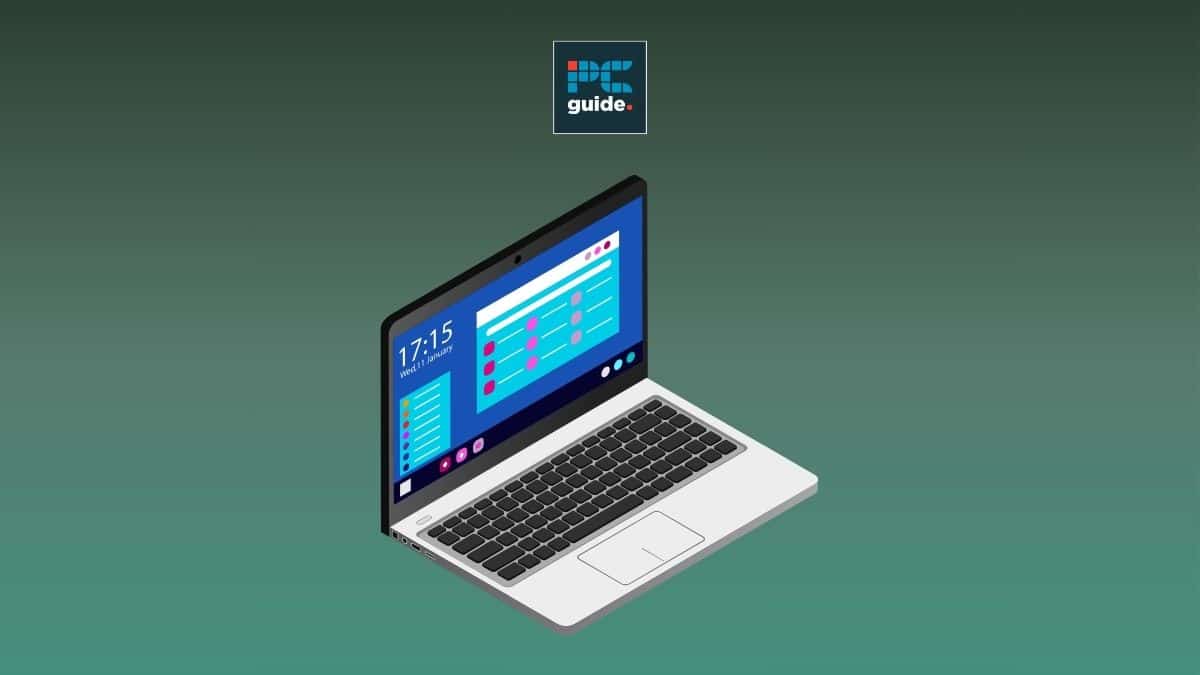How to upgrade a graphics card in a laptop – Follow this guide

Table of Contents
Gaming laptops nowadays often come with a discrete GPU. That is what makes them so strong and improves their performance. But due to the compact and personalized structure of the unit knowing how to upgrade a graphics card in a laptop can be hard. So, despite your laptop coming with integrated graphics, updating and upgrading your graphics card is crucial for the best gaming experience possible. In this article, we will explain how.
Are you interested in more GPU how-to guides? We have how to update your Nvidia drivers and how to overclock a GPU article just waiting for you. Be sure to check them out.
Prime Day is finally here! Find all the biggest tech and PC deals below.
- Sapphire 11348-03-20G Pulse AMD Radeon™ RX 9070 XT Was $779 Now $739
- AMD Ryzen 7 7800X3D 8-Core, 16-Thread Desktop Processor Was $449 Now $341
- ASUS RTX™ 5060 OC Edition Graphics Card Was $379 Now $339
- LG 77-Inch Class OLED evo AI 4K C5 Series Smart TV Was $3,696 Now $2,796
- Intel® Core™ i7-14700K New Gaming Desktop Was $320.99 Now $274
- Lexar 2TB NM1090 w/HeatSink SSD PCIe Gen5x4 NVMe M.2 Was $281.97 Now $214.98
- Apple Watch Series 10 GPS + Cellular 42mm case Smartwatch Was $499.99 Now $379.99
- ASUS ROG Strix G16 (2025) 16" FHD, RTX 5060 gaming laptop Was $1,499.99 Now $1,274.99
- Apple iPad mini (A17 Pro): Apple Intelligence Was $499.99 Now $379.99
*Prices and savings subject to change. Click through to get the current prices.
Step-by-step guide – How to upgrade a graphics card in a laptop
While you may be familiar with upgrading the RAM, hardware, and storage in a laptop, upgrading the processor or graphics card isn’t such an easy process and does require a process. Luckily, we have mapped out below the ten easy steps to go about this process in a straightforward and efficient manner. Let’s delve into how to upgrade a graphics card in a laptop.
Pre-upgrade considerations for a laptop’s graphics card
- You should first consider customization and space constraints. Laptops are designed to be compact and efficient, with little extra room inside. Most components, including GPUs, are specifically chosen to fit these space constraints and often soldered directly to the motherboard to save space, making them difficult or impossible to upgrade.
- Once that is clear you should look into heat management. Manufacturers choose cooling systems that match their specific internal components. Upgrading to a more powerful GPU could generate more heat than the original cooling system can handle, potentially leading to overheating problems.
- Finally, warranty and support. Attempting to upgrade a laptop’s GPU could void the manufacturer’s warranty. It’s also unlikely that laptop manufacturers will provide support for DIY upgrades due to the complexities and risks involved. Be sure to be informed before purchase.
Step
Verify Upgradeability
Before proceeding, research your specific laptop model to determine if the GPU is upgradeable. Most laptops have integrated GPUs that cannot be upgraded, but some gaming or professional laptops may feature MXM (Mobile PCI Express Module) slots that allow for GPU upgrades. Check your laptop's documentation or manufacturer's website for this information.
Step
Consider Warranty and Support Issues
Be aware that opening your laptop to upgrade the GPU may void your manufacturer's warranty. Additionally, manufacturer support for DIY upgrades is often limited or nonexistent. Weigh the importance of the warranty and potential support needs against the benefits of upgrading the GPU.
Step
Gather Necessary Tools and Replacement GPU
If your laptop allows for a GPU upgrade, identify the correct type and form factor of GPU needed. MXM GPUs come in different types and sizes, so compatibility is key. You'll also need precision screwdrivers suitable for opening your laptop.
Step
Static Electricity Precautions
Ground yourself to prevent static electricity from damaging the laptop's internal components. Working on an anti-static mat and using an anti-static wristband can provide additional protection.
Step
Accessing the Laptop Interior
Carefully open the laptop's back panel or case according to the manufacturer's instructions. This typically involves removing screws and gently prying open the case. Take note of screw placements and any connectors you detach for reassembly.
Step
Locate and Remove the Existing GPU
If the GPU is indeed replaceable, locate the MXM slot holding the GPU. Gently release any securing mechanisms or screws holding the GPU in place. Carefully disconnect the GPU from the slot, noting any thermal pads or connectors that you’ll need to reattach or replace.
Step
Installing the New GPU
Insert the new GPU into the MXM slot, ensuring it's properly aligned and seated. Reattach any thermal pads or connectors that were on the original GPU. Secure the GPU with the retaining mechanism or screws.
Step
Reassembly and Testing
Carefully reassemble the laptop, ensuring all screws are returned to their correct places and all connectors are properly reattached. Once reassembled power on the laptop to test the new GPU. Install any required drivers for the new GPU to ensure optimal performance.
Step
Monitor Heat and Performance
After upgrading, closely monitor the laptop's heat output and performance. Upgraded GPUs may generate more heat, so ensure the cooling system is adequate. Adjust settings as necessary to manage heat and performance effectively.
Step
Driver Updates and Optimization
Visit the GPU manufacturer's website to download and install the latest drivers. Additionally, optimize settings within the GPU's control panel for your specific needs, balancing performance with thermal management.
Can a laptop have 2 graphics cards?
Laptops can have two types of GPUs: an integrated GPU and a dedicated GPU. The integrated GPU is built into the CPU and is optimized for efficiency and power-saving, suitable for everyday tasks. In contrast, the dedicated GPU is a separate component designed for more demanding graphical tasks, such as gaming or professional graphic work.
How do I know if my laptop has a dedicated graphics card?
To determine if your laptop has a dedicated graphics card, you can check the Device Manager in Windows. Simply right-click on the Start menu, select “Device Manager,” and then look under “Display adapters.” If you see two entries, one is likely the integrated GPU (usually named after the CPU manufacturer like Intel or AMD) and the other a dedicated GPU (typically named after the GPU manufacturer like Nvidia or AMD). The presence of two entries under “Display adapters” usually indicates that your laptop is equipped with both an integrated and a dedicated graphics card.
Final thoughts
So whether you have a new laptop, a high-end model, or just want a new graphics card – upgrading your graphics card is an important process for GPU fans and gamers. The process is different from a desktop GPU so it is important to read specifications and understand your operating system. By following our ten-step process, you will learn how to upgrade a graphics card in a laptop.


